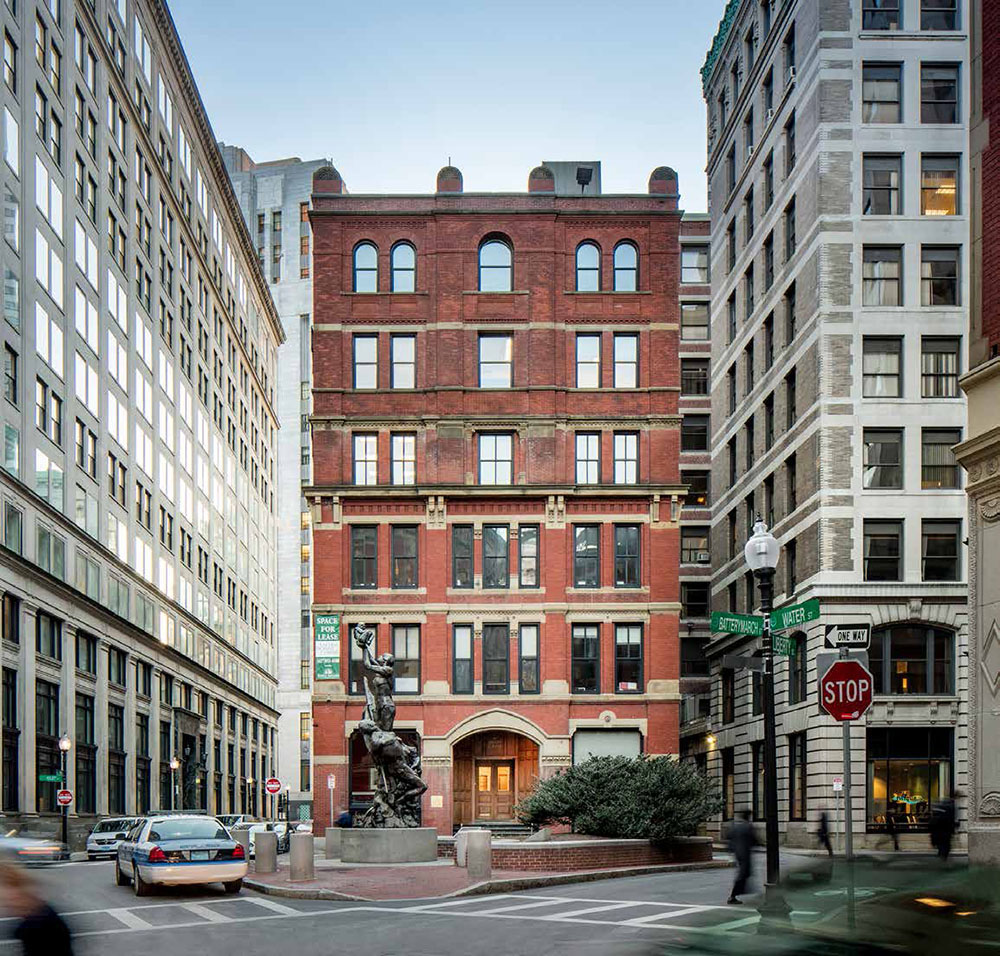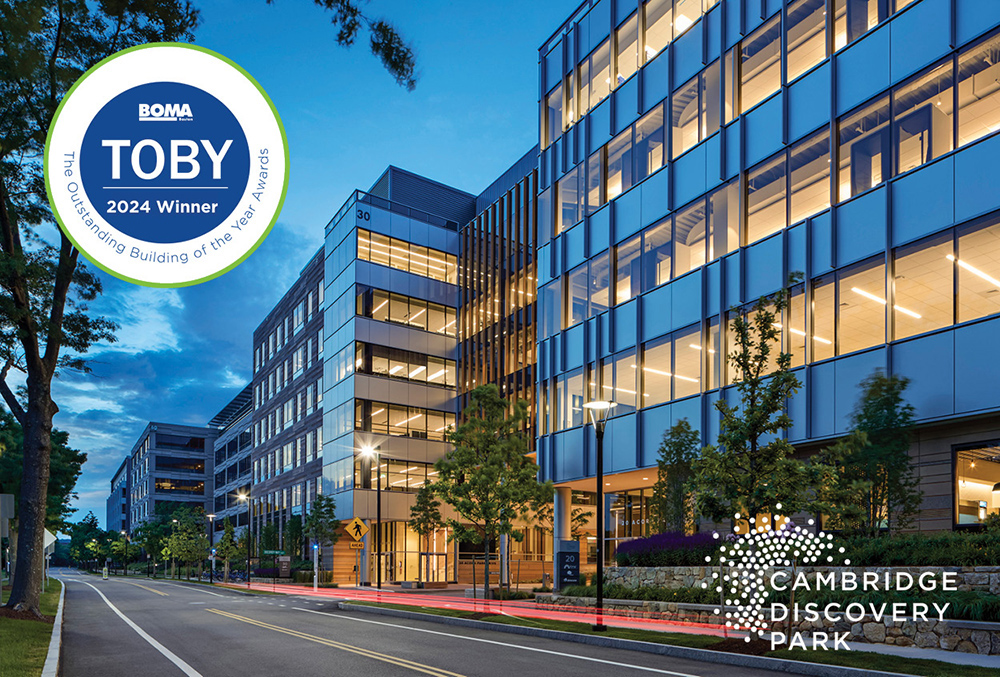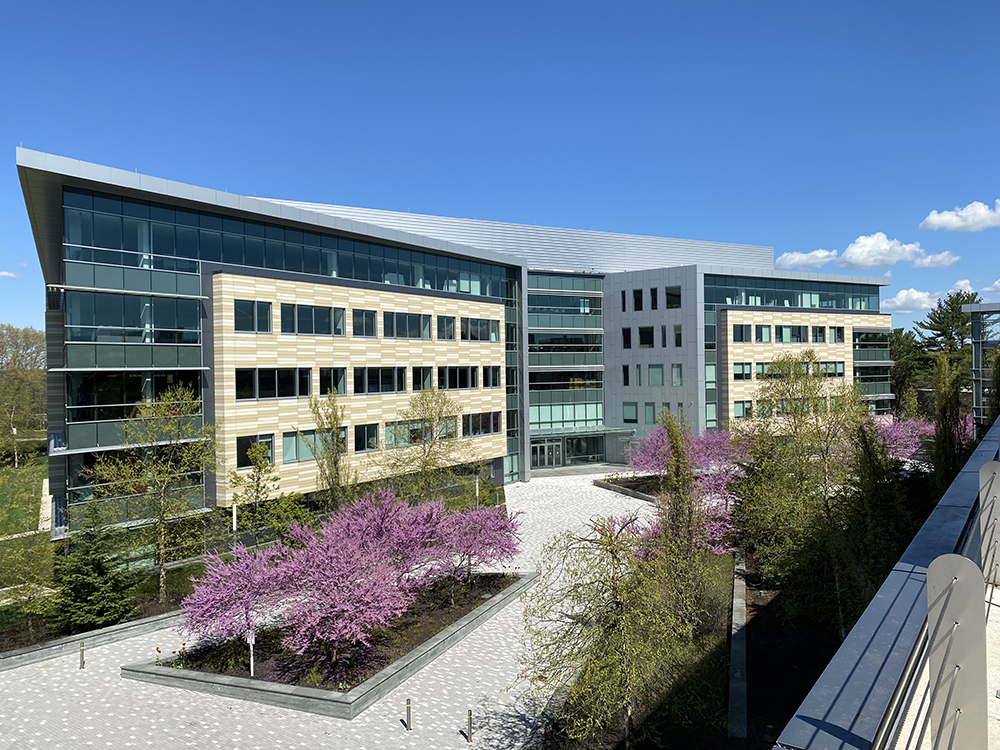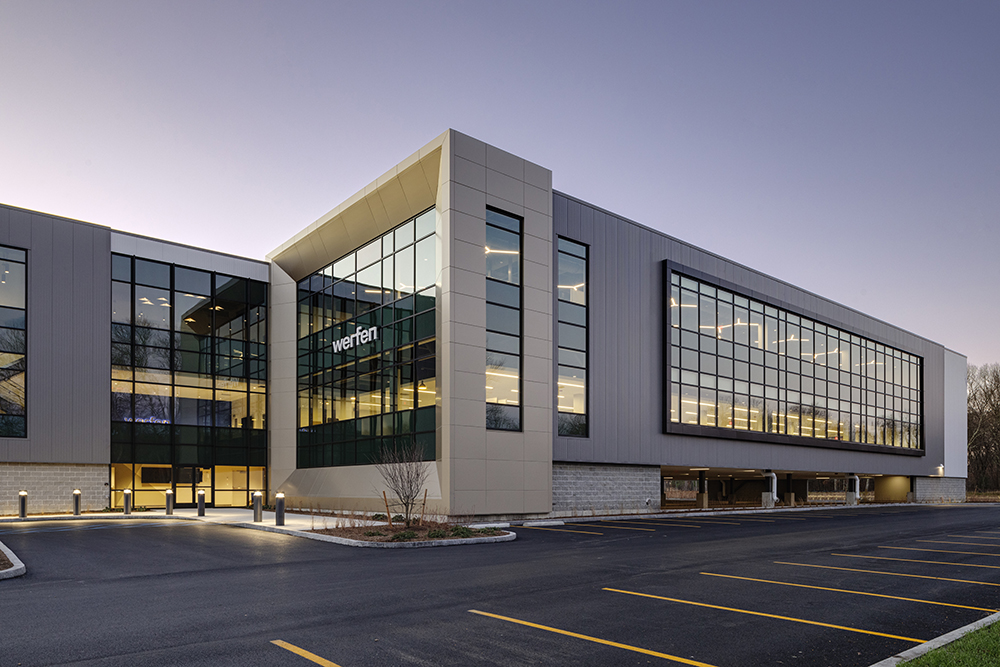News: Front Section
Posted: December 18, 2014
Museums and shopping centers: Latest in cool
From boring to cool, that's the story for savvy museums and regional shopping centers. Both have had to transform to please customers with compelling architecture, interactive events, extended hours, and discounts.
Visitors to either can be entertained with classes, participate in exhibits, attend a movie, sit in a café, or hangout in a well-designed and comfortable public space. In both there are goods to buy, but there is no pressure to shop. They are now open, welcoming, and destinations.
As the economy takes on a more uplifting aura, there will be increased opportunity for lesser retail properties to follow in the same or similar path to change from red to black real estate.
The reason is e-commerce and social media have infused retail excitement to the brick and mortar scene, and many people still want to gather together in a special place to eat, drink, relax, engage, and shop.
Demographics play a role. Major fans of brick and mortar retail are the millennials, the large demographic cohort born between 1980 and 2000. They are followed by first and second generation Hispanic and Asian families, as well as the growing population of empty nesters.
In looking at successful museums and shopping centers , four dominant defining characteristics are noticeable: a new design with aesthetically pleasing interior and outdoor space, updated pedestrian and vehicular access, local events and promotions, and entertainment.
Shopping centers require one other key ingredient: innovative, buzz worthy tenants whose goods are tailored to the specific location.
Tenant mix is the quintessential element of the shopping experience. In the US today there are 46+ square feet of retail space per person.
This means that to attract shoppers, centers must introduce a unique experience with food, fun, and target- market driven and local stores. Think innovation: chef-owned restaurants , new on-line/physical tenants such as Warby Parker Eye Wear, Bonobos and Revolve Clothing , and novel pop-up stores.
Forget formula. Embrace: Touch, Feel, See, and Sense. Build it right; they will come!
Carol Todreas is a principal at Todreas Hanley Associates, Cambridge, Mass.
Tags:
Front Section
MORE FROM Front Section
Newmark negotiates sale of 10 Liberty Sq. and 12 Post Office Sq.
Boston, MA Newmark has completed the sale of 10 Liberty Sq. and 12 Post Office Sq. Newmark co-head of U.S. Capital Markets Robert Griffin and Boston Capital Markets executive vice chairman Edward Maher, vice chairman Matthew Pullen, executive managing director James Tribble,
Columns and Thought Leadership

How COVID-19 has impacted office leasing - by Noble Allen and John Sokul
To say that the effects of COVID-19 has transformed office leasing is an understatement. When COVID-19 was at its peak, office spaces were practically abandoned either through governmental mandates or through actions taken by businesses themselves.

Make PR pop by highlighting unique angles - by Stanley Hurwitz
Coming out of the pandemic, a client with three hotels in Provincetown, Mass., needed ways to let the world know his properties were open for business for the 2021 tourist season.

Five ways to ruin a Section 1031 Like-Kind Exchange - by Bill Lopriore
While there is some flexibility when structuring a like-kind exchange, some important requirements must be met. A mistake can ruin your exchange. Here are five mistakes to avoid:

Four tips for a smooth 1031 Exchange - by Bill Lopriore
Many real estate investors do not understand the specific requirements that must be met to secure the benefits of a tax-deferred 1031 exchange. For example, the replacement property must be identified within 45 days of the closing date of the relinquished property.







.png)
